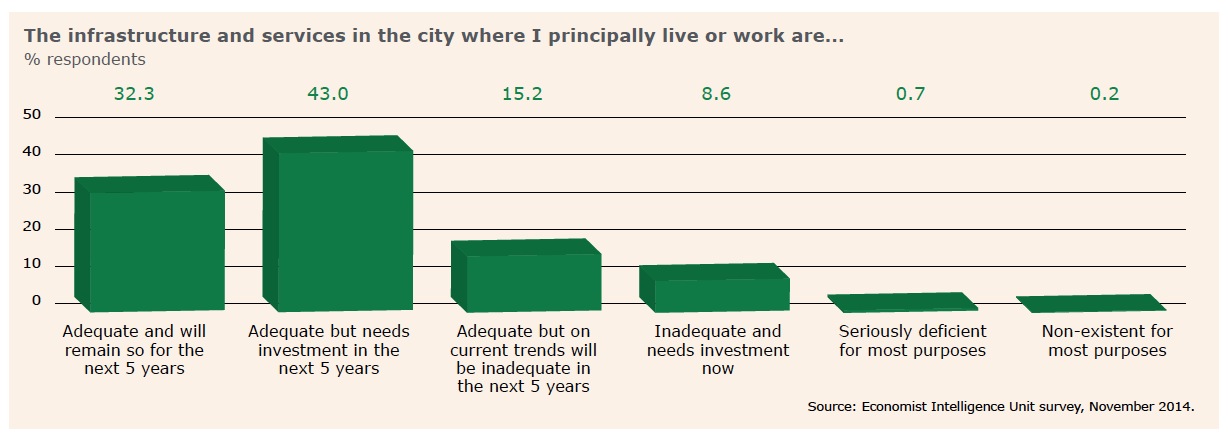
FCC CITIZEN SERVICES
THE ECONOMIST INTELLIGENCE UNIT








John Hennessy III,
P.E.





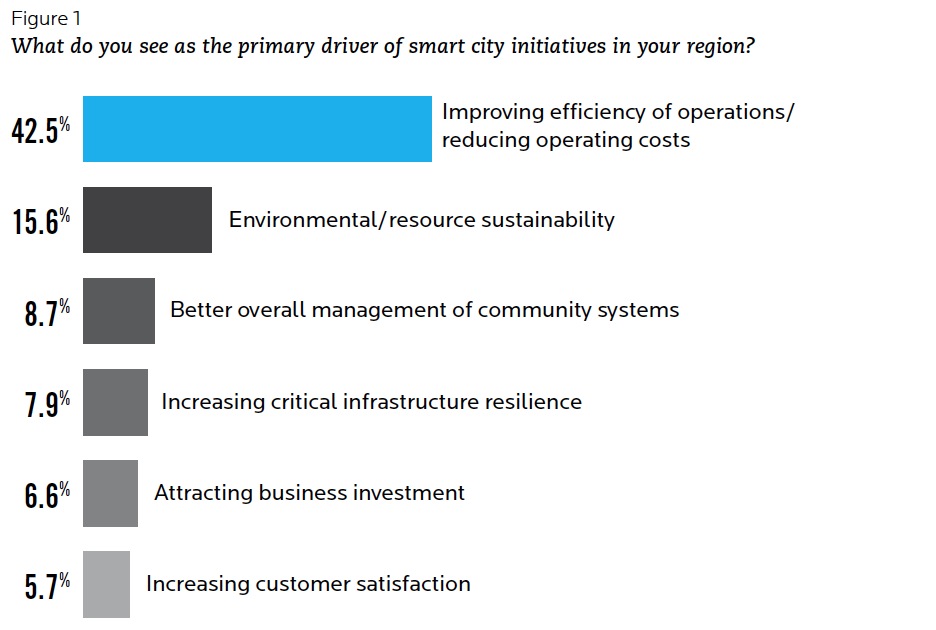
BLACK & VEATCH
Now more than ever, the increasing use of technology offers utility operators greater understanding of their networks and how customers consume power, water, natural gas and data. Forecasting historically required large teams to examine past operations and create an operations snapshot, often long in the past. Now, predictive analytics, or Adaptive Planning, is redefining how complex systems can be managed through rapid analysis of real-time information.
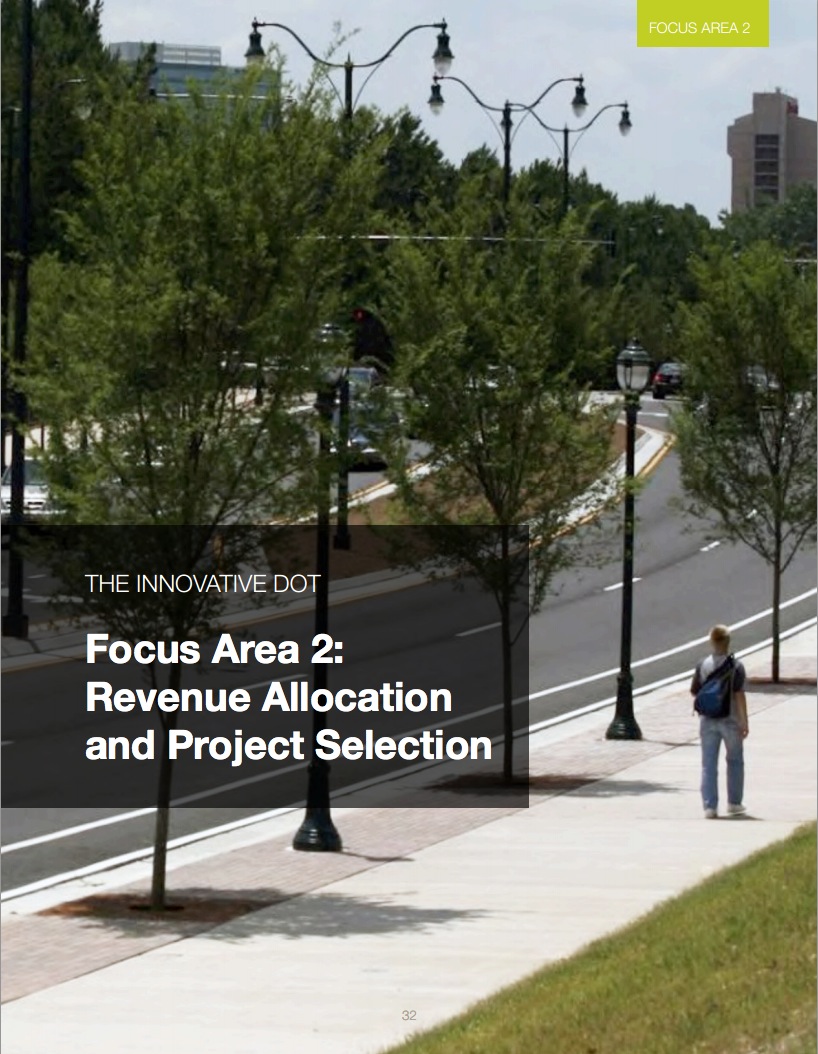
SMART GROWTH AMERICA
Scarce transportation dollars need to be spent where they do the most good. But making changes to long-standing practices, some of which are ensconced in law, can be difficult and present a hurdle to state departments of transportation (DOTs) looking to get the best bang for their buck. Pressing forward with revenue allocation and project selection reform represents a major way in which DOTs can deliver projects with greater impact more quickly. Many agencies are now reforming project selection and formula funding processes for sub-state units of government, often tying proposed spending to state, departmental, and/or local goals and objectives.
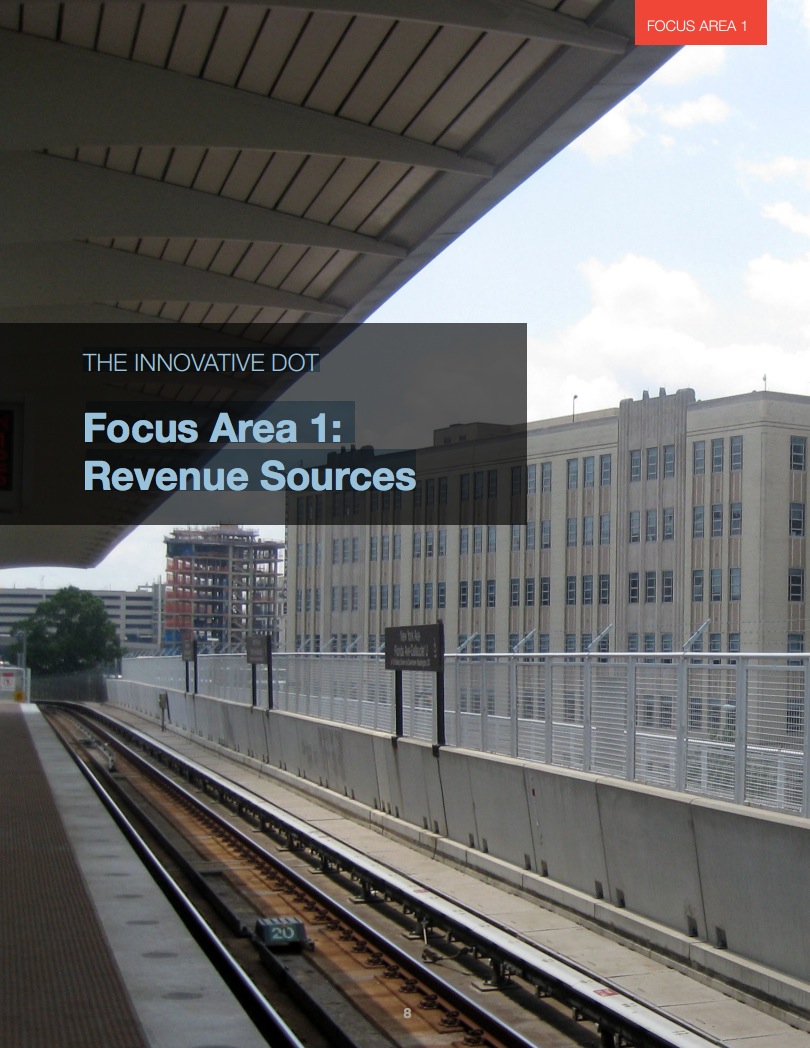
The era when fuel taxes alone could cover robust highway construction and maintenance programs is over. Even then, non-highway modes often struggled for support. Funding transportation out of general revenue is problematic, both be-cause it is subject to changing budget priorities and because it underprices transportation, creating excess demand. State departments of transportation (DOTs) need new sources of dedicated revenues, preferably tied to user fees in cases where excess demand—which is both economically and environmentally costly—can be curtailed through the market-style discipline that such fees impose. User fees may also appeal to stakeholders’ sense of fairness, making them more politically palatable than “subsidies” from general tax revenues.
View this complete post...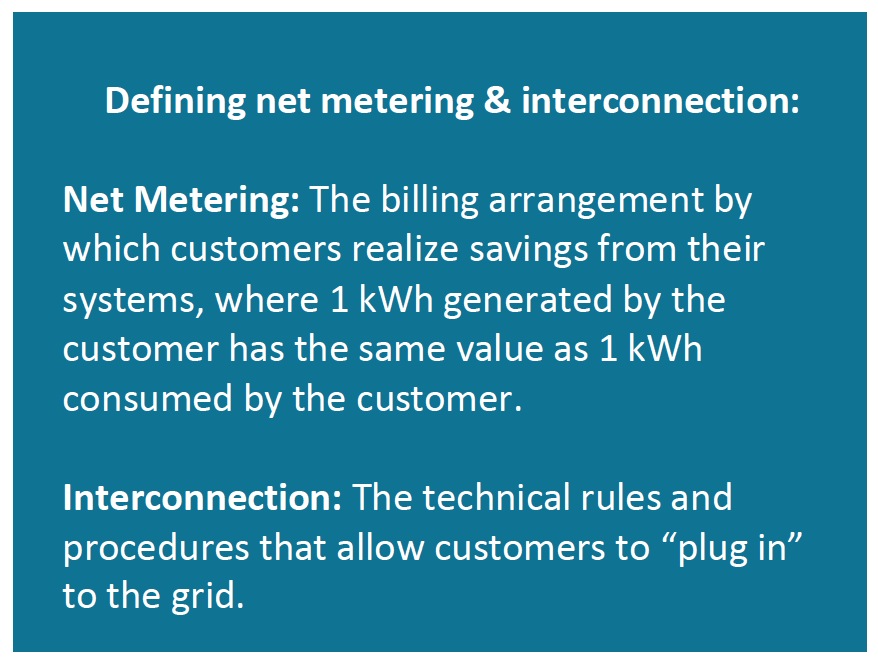
INTERSTATE RENEWABLE ENERGY COUNCIL
VOTE SOLAR
One significant lesson that is apparent upon reviewing the wide variety of existing state standards is that inconsistency is the nemesis of clean energy development. It creates confusion among consumers, undermines the ability of businesses to operate efficiently across utility service territories or state lines,
and increases costs to all program participants — utilities, consumers, businesses and commission staff — by forcing these stakeholders to master the idiosyncrasies of each individual state’s programs.
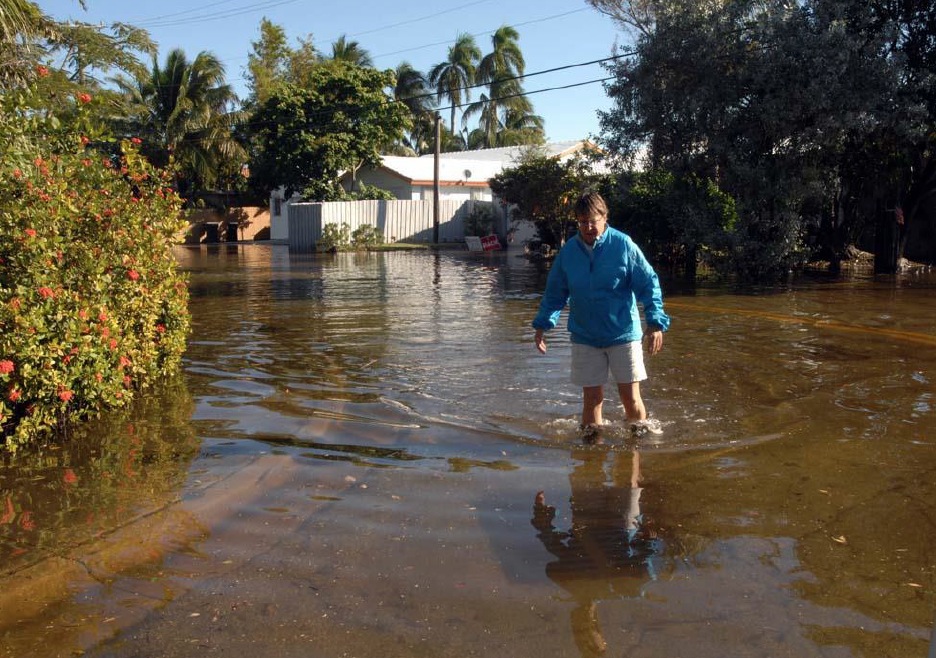
PRESIDENT’S STATE, LOCAL, AND TRIBAL LEADERS TASK FORCE ON CLIMATE PREPAREDNESS AND RESILIENCE
At state, local, tribal, and territorial levels, leaders are making bold decisions on ways to invest in more resilient infrastructure, revise land use, update building codes, and adjust natural resource management and other practices to improve the resilience of their communities to climate impacts. The Federal Government has a critical role to play in supporting these efforts by ensuring that Federal policies and programs incorporate climate change, incentivize and remove barriers to community resilience, and provide the information and assistance communities need to understand and prepare for climate risks.

Mayor Bill Peduto is putting the rest of the United States on notice. His city is on the rise and he fully intends on implementing bicycling, walking and complete streets policies that enhance and make his city more attractive to young talent and business. For the first time in over half a century, Pittsburgh is expecting an increase in residents as the trend in the number of people moving back to cities grows.
View this complete post...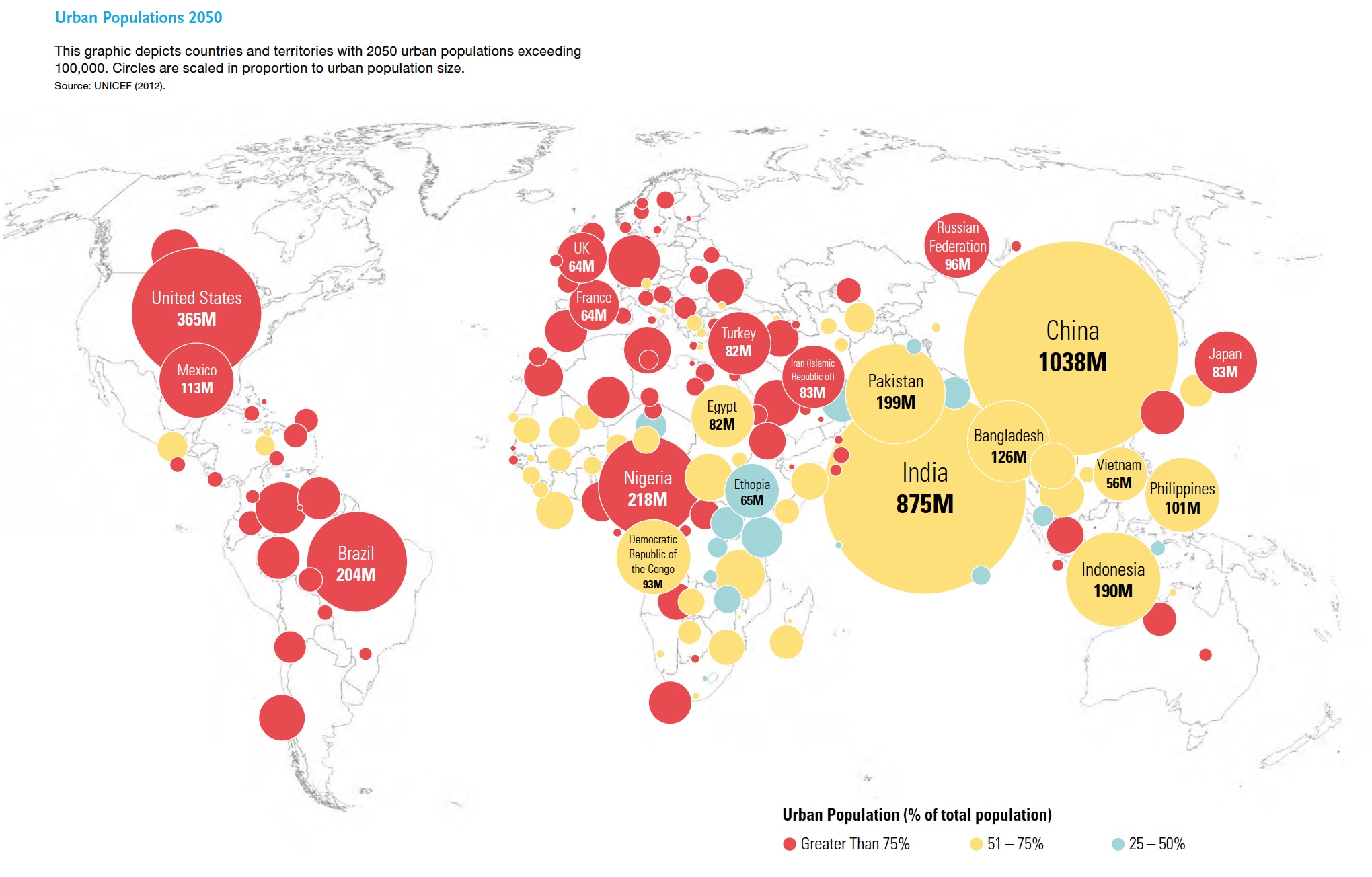
ARUP
This thought-piece focuses on the passenger and user experience. The journeys imagined here are intended to generate a conversation about the future and provide the big picture context for future planning and decision-making by the rail industry and by governments. They are also intended to set out a forward-looking and inspiring vision for rail. With the increasing pace of technological change, perhaps the more imaginative scenarios will come to fruition. The case studies indicate trends taking place in rail. They are early signs of possible directional change, and reveal directions in which the future could be heading. Whether these become more widely implemented remains to be seen.
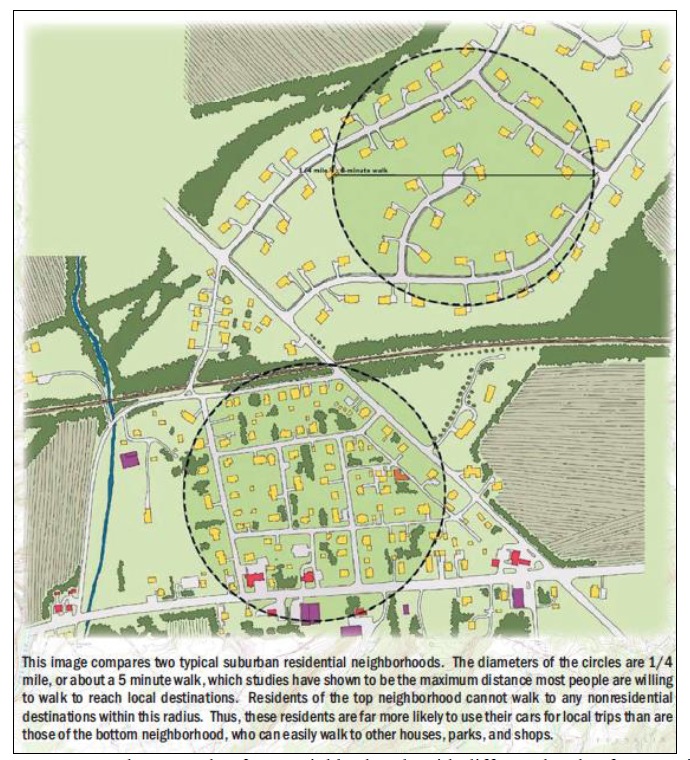
MOUNTAIN-PLAINS CONSORTIUM
Throughout the Wasatch Front Metropolitan Region, the majority of land use development forces people to drive in order to access their destinations. This is due to low density and mostly single use developments built on poorly connected street networks with several cul-de-sacs and few routing options for transport system users. Even though the development of Wasatch Front has the legacy of transit supportive land uses in the region’s city centers and previous street car suburbs, the connection between them is still such that it encourages driving as the dominant mode of transportation. Designing streets and street networks that would support TOD environments is still considered with hesitation as the potential solution for traffic congestion and increasing travel demand. One of the reasons for this might be the need to evaluate the effects that TOD has on traffic operations.
Follow InfrastructureUSA
Video, stills and tales. Share images of the Infra in your community that demands attention. Post your ideas about national Infra issues. Go ahead. Show Us Your Infra! Upload and instantly share your message.
Is the administration moving fast enough on Infra issues? Are Americans prepared to pay more taxes for repairs? Should job creation be the guiding determination? Vote now!
What do the experts think? This is where the nation's public policy organizations, trade associations and think tanks weigh in with analysis on Infra issues. Tell them what you think. Ask questions. Share a different view.
The Infra Blog offers cutting edge perspective on a broad spectrum of Infra topics. Frequent updates and provocative posts highlight hot button topics -- essential ingredients of a national Infra dialogue.
It is encouraging to finally see clear signs of federal action to support a comprehensive US infrastructure investment plan.
Now more than ever, our advocacy is needed to keep stakeholders informed and connected, and to hold politicians to their promises to finally fix our nation’s ailing infrastructure.
We have already engaged nearly 280,000 users, and hoping to add many more as interest continues to grow.
We require your support in order to rise to this occasion, to make the most of this opportunity. Please consider making a tax-deductible donation to InfrastructureUSA.org.
Steve Anderson
Managing Director
SteveAnderson@InfrastructureUSA.org
917-940-7125